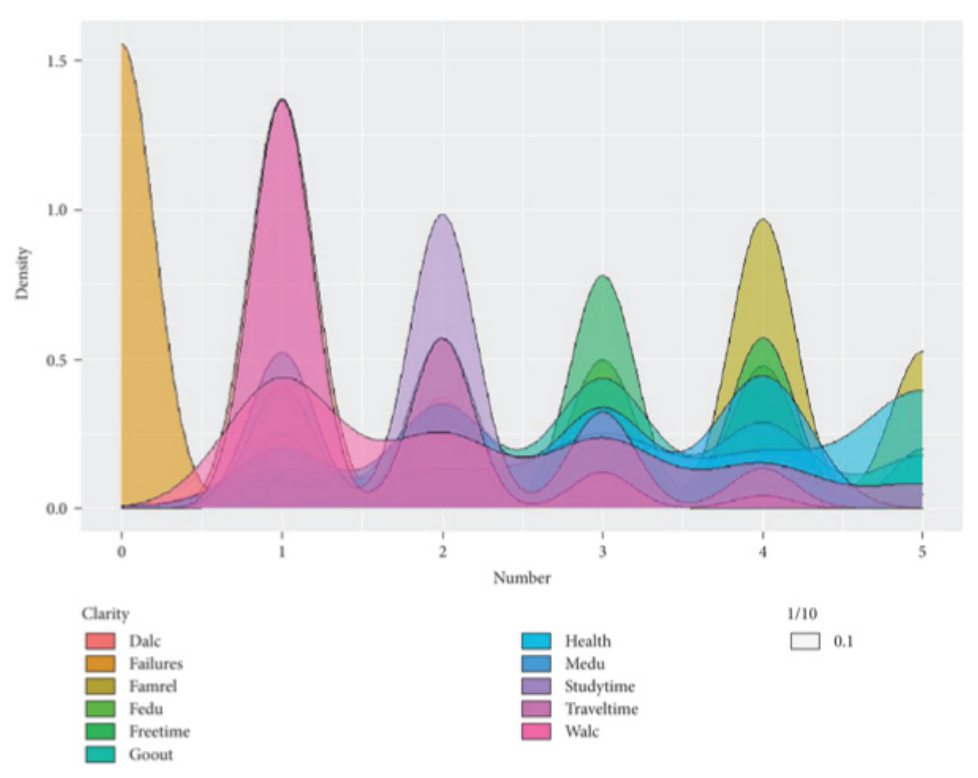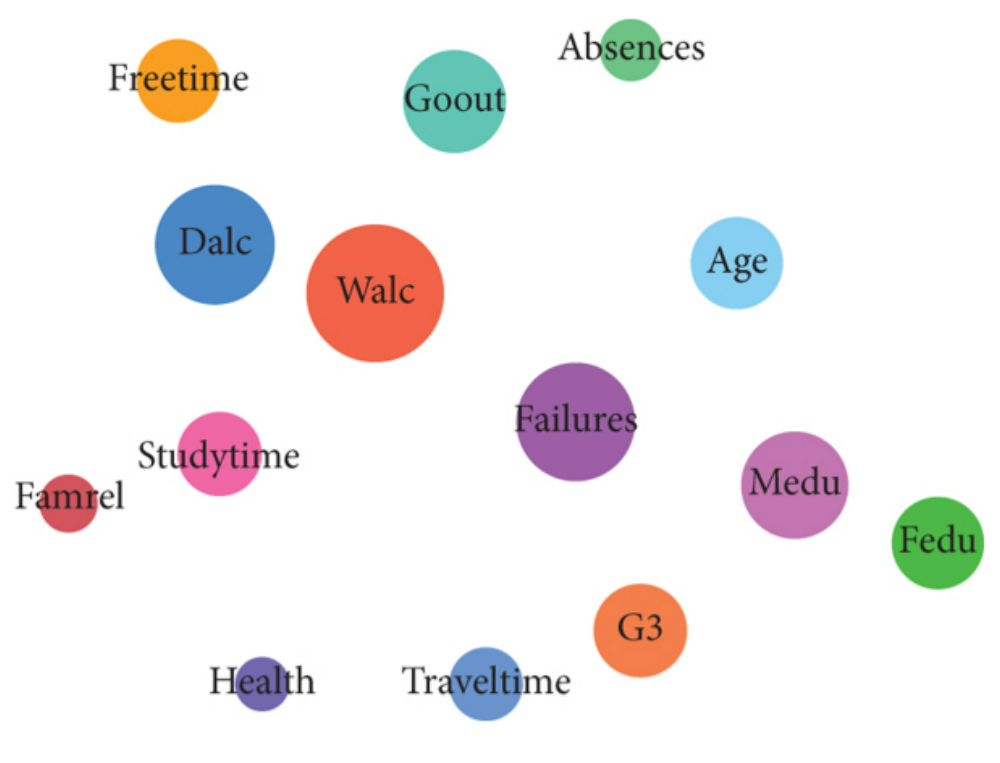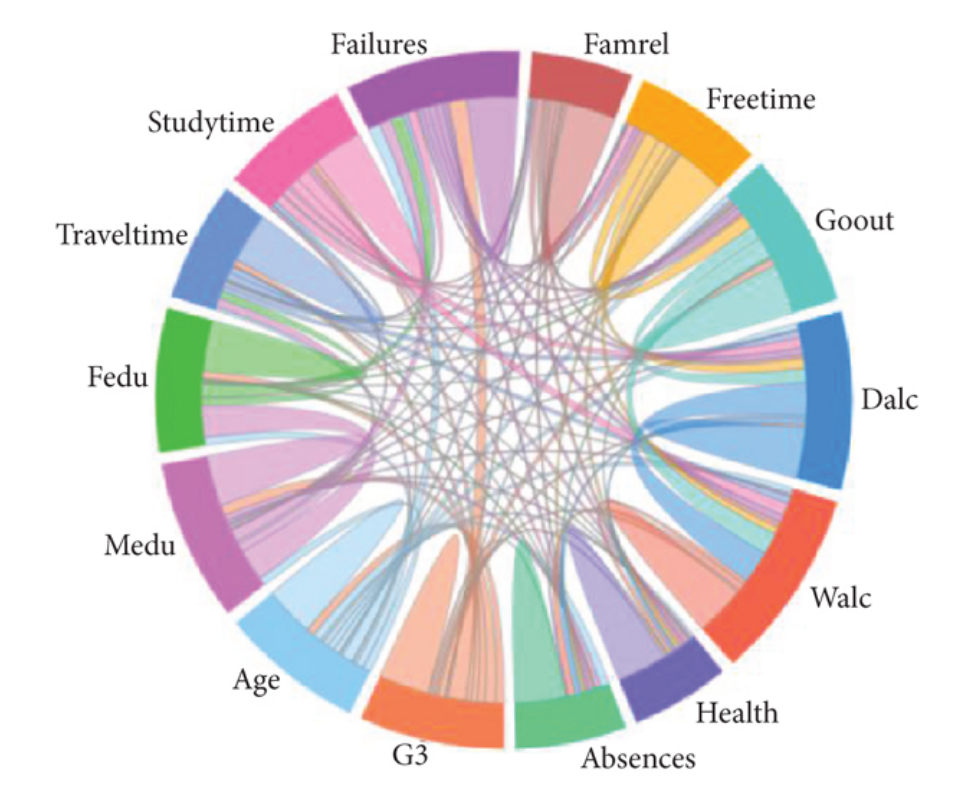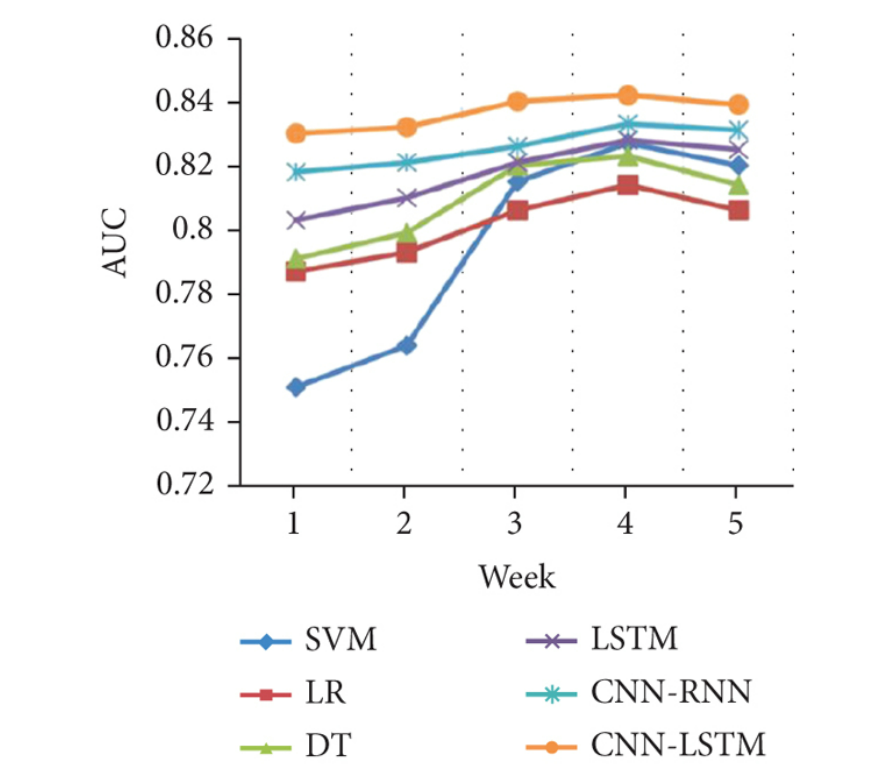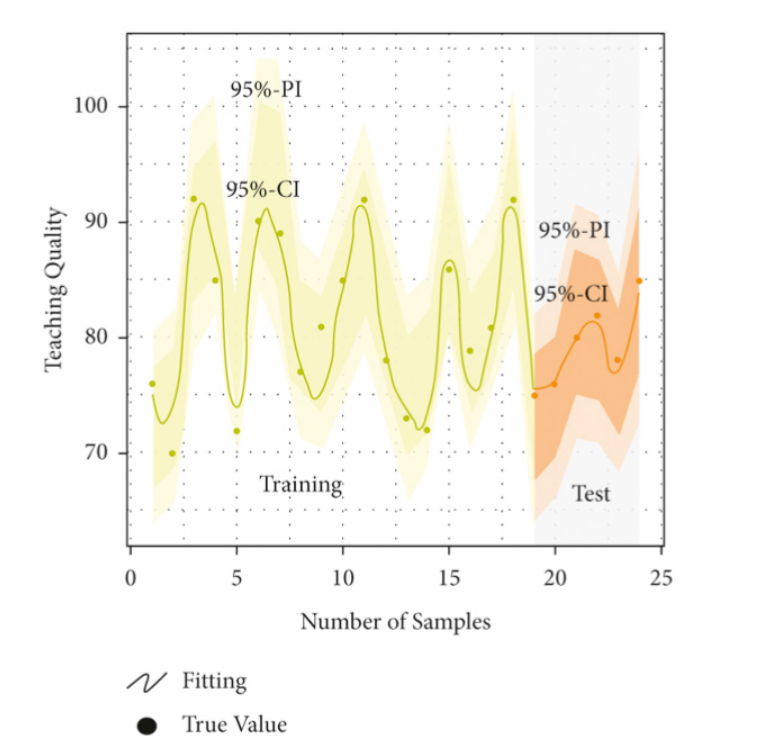 An open access journal
An open access journal
How do China's foreign policies influence the current international politics of Latin America?
Abstract
Since China's Reform and Opening-up policies in the late 1970s, its economic growth has significantly enhanced its global influence, making it a primary trading partner for many Latin American nations. Transitioning from offering loans to direct investments, China has established a strong presence in South America, particularly in public goods and extractive sectors. This expansion has increased China's political sway in the region, provoking Western responses and concerns about shifting influence. This paper examines China's strategic objectives in Latin America, exploring whether it is altering the region's role vis-à-vis the U.S. and the factors influencing varying responses from Latin American countries. Through a comparative analysis of Brazil and Mexico, the study argues that China's foreign policy has facilitated Latin America's move away from Cold War dynamics, promoting regional integration and multipolarity, while domestic factors and external environments determine the extent of China's influence.
Share and Cite
Article Metrics
References
- Alden, C. and Alves, A.C. (2016) ‘China’s Regional Forum Diplomacy in the developing world: Socialisation and the “sinosphere”’, Journal of Contemporary China, 26(103), pp. 151–165. doi:10.1080/10670564.2016.1206276.
- Almeida, P.R. (2018) ‘Regional integration in Latin America: Historical developments, current challenges, especially in Mercosur’, SSRN Electronic Journal [Preprint]. doi:10.2139/ssrn.3182150.
- Becard, D.R., Lessa, A.C. and Silveira, L.U. (2020) ‘One step closer: The politics and the economics of China’s strategy in Brazil and the case of the Electric Power Sector’, China–Latin America Relations in the 21st Century, pp. 55–81. doi:10.1007/978-3-030-35614-9_3.
- Bernal-Meza, R. (2020a) ‘Conclusion: China and Latin America in the global political economy: The development of a new core-periphery axis’, China–Latin America Relations in the 21st Century, pp. 253–272. doi:10.1007/978-3-030-35614-9_10.
- Bernal-Meza, R. (2020b) ‘Introduction: Understanding China–Latin America relations as part of the transition of the World Order’, China–Latin America Relations in the 21st Century, pp. 1–26. doi:10.1007/978-3-030-35614-9_1.
- China-CELAC Forum (2016) Celac, Basic Information about China-CELAC Forum. Ministry of Foreign Affairs of China. Available at: http://www.chinacelacforum.org/eng/ltjj_1/P020161207421177845816.pdf (Accessed: 29 April 2024).
- CHINA - CELAC JOINT ACTION PLAN FOR COOPERATION IN KEY AREAS (2022-2024) (2021) China - celac joint action plan for cooperation in Key Areas (2022-2024). Available at: https://www.fmprc.gov.cn/mfa_eng/wjdt_665385/wshd_665389/202112/t20211207_10463459.html (Accessed: 30 April 2024).
- U.S. Government (2023) COUNTERING THREATS POSED BY NATION-STATE ACTORS IN LATIN AMERICA TO U.S. HOME- LAND SECURITY. Available at: https://www.congress.gov/118/chrg/CHRG-118hhrg50897/CHRG-118hhrg50897.pdf (Accessed: 29 April 2024).
- Jakóbowski, J. (2018) ‘Chinese-led regional multilateralism in Central and Eastern Europe, Africa and Latin America: 16 + 1, FOCAC, and CCF’, Journal of Contemporary China, 27(113), pp. 659–673. doi:10.1080/10670564.2018.1458055.
- Latin America’s infrastructure investment situation and ... (2022) Foreign Direct Investment in Latin America and the Caribbean. Available at: https://repositorio.cepal.org/bitstream/handle/11362/40849/1/S1600759_en.pdf (Accessed: 29 April 2024).
- Liang, W. (2019) ‘Pulling the region into its orbit? China’s economic statecraft in Latin America’, Journal of Chinese Political Science, 24(3), pp. 433–449. doi:10.1007/s11366-018-09603-w.
- Mexico (2023) ITC. Available at: https://intracen.org/our-work/regions-and-countries/latin-america-and-the-caribbean/mexico (Accessed: 28 April 2024).
- Noesselt, N. (2021) ‘China, Latin America and the Caribbean, and the US: Strategic backyard games?’, China’s Interactions with Latin America and the Caribbean, pp. 1–8. doi:10.5771/9783828875982-1.
- Nolte, D. (2021) ‘China and Mercosur: An ambivalent relationship’, China’s Interactions with Latin America and the Caribbean, pp. 33–62. doi:10.5771/9783828875982-33.
- Oviedo, E.D. (2020) ‘China and Argentina, Paraguay, and Uruguay: Similarities and differences’, China–Latin America Relations in the 21st Century, pp. 193–224. doi:10.1007/978-3-030-35614-9_8.
- Puyana, A. and Costantino, A. (2015) ‘Chinese land grabbing in Argentina and Colombia’, Latin American Perspectives, 42(6), pp. 105–119. doi:10.1177/0094582x15594394.
- RAZA, W. and GROHS, H. (no date) Trade aspects of China’s presence in Latin America and the ... Available at: https://www.europarl.europa.eu/RegData/etudes/BRIE/2022/702572/EXPO_BRI(2022)702572_EN.pdf (Accessed: 28 April 2024).
- Struver, G. (2014a) ‘“bereft of friends”? China’s rise and search for Political Partners in South America’, The Chinese Journal of International Politics, 7(1), pp. 117–151. doi:10.1093/cjip/pot018.
- Struver, G. (2014b) ‘“bereft of friends”? China’s rise and search for Political Partners in South America’, The Chinese Journal of International Politics, 7(1), pp. 117–151. doi:10.1093/cjip/pot018.
- Unctad (2024) General profile: Brazil, UNCTADstat. Available at: https://unctadstat.unctad.org/CountryProfile/GeneralProfile/en-GB/076/index.html (Accessed: 28 April 2024).
- Xi, Y. (2016) Full text of China’s policy paper on Latin America and the Caribbean, Full text of China’s Policy Paper on Latin America and the Caribbean - China.org.cn. Available at: http://www.china.org.cn/world/2016-11/24/content_39777989.htm (Accessed: 27 April 2024).
- Yang, H.-Y. and Lee, S. (2020) ‘China’s engagement with Latin America and its implications for soft balancing against the United States’, Asian Perspective, 44(4), pp. 587–615. doi:10.1353/apr.2020.0026.

